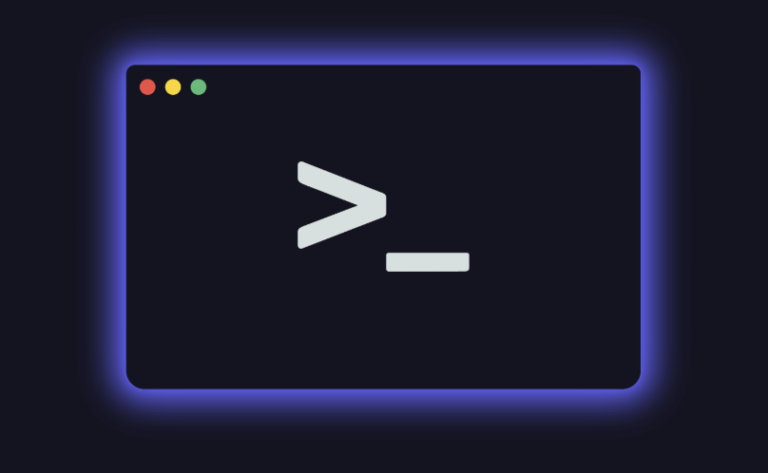Unveiling the Contrast Between High Availability and Fault Tolerance
Two fundamental concepts in the field of IT—high availability (HA) and fault tolerance (FT)—are essential to maintaining system dependability and reducing downtime. Even with the same objective, the decision to use HA, FT, or a combination of both depends on several variables, including the system’s criticality, available funds, and the demands of the particular application. In the constantly changing IT world, finding the ideal balance between these two strategies is essential to maximizing system stability and reducing interruptions.
In this post, we will examine the differences between fault tolerance and high availability, as well as their definitions, approaches, and practical uses. Let’s get started!

What Is High Availability?
High Availability, or HA, is a system design methodology to ensure a system or service is continuously available and functioning for a long time. Reduced downtime and continuous user service are the core objectives of high availability, even in the event of software bugs, hardware malfunctions, or scheduled maintenance.
Methodology of High Availability
Load balancing, failover mechanisms, and redundant components create high availability. Redundancy refers to replicating essential system elements, including network infrastructure, servers, and storage. The equal distribution of incoming requests across these redundant components is guaranteed by load balancing. Failover techniques smoothly transition to backup features in the event of a single component failure, ensuring continuous service delivery.
Real-World HA Applications
In systems where downtime is expensive and undesirable, high availability is essential. Common uses include:
- E-commerce websites: It is crucial to avoid income loss from outages during peak shopping seasons in the context of e-commerce platforms. Retaining continuous service is essential to business success.
- Data centers: It is crucial for vital services and applications to run continuously in data centers. Any disruption has the potential to cause significant data loss and business interruptions.
- Telecommunication networks: Maintaining continuous phone and internet services is the top priority in communications networks. Any outage could impair connection and communication, affecting both people and companies.
- Financial institutions: Maintaining constant access to banking services is crucial for the financial industry. Any service outage can interfere with consumer access and economic activities.
What Is Fault Tolerance?
Another method to guarantee system dependability is called fault tolerance, or FT. FT systems are built to keep working even if some internal components fail. FT’s primary goal is to quickly identify and fix errors without interfering with system functionality.
Methodology of Fault Tolerance
While FT also uses redundancy, its methodology differs from that of HA. FT systems frequently have ongoing monitoring and self-healing capabilities, as opposed to immediately switching to redundant components in the event of a malfunction. The system may automatically isolate the malfunctioning part, reroute activities to the functional element, and replace or repair the malfunctioning portion when a failure is discovered.
Real-World FT Applications
When a system failure is unavoidable and prompt failure reaction is crucial, fault tolerance is used. Typical uses are as follows:
- Aerospace systems: Ensuring the continuous functioning of critical flight control systems and avionics is essential in the aerospace industry since any malfunction might compromise aircraft operations’ dependability and safety.
- Medical equipment: Reliability assurance is vital for life-saving equipment like pacemakers and ventilators. The repercussions of any malfunction in these important medical devices might be life-threatening.
- Industrial control systems: Preventing catastrophic failures in industrial control systems is critical, particularly in the manufacturing and energy production sectors, where such losses may have disastrous effects on productivity and safety.
- Autonomous vehicles: It is crucial to protect the operation and safety of self-driving vehicles. It is essential to prevent system failures for road safety and passenger well-being.
Contrasting Between High Availability (HA) and Fault Tolerance (FT)
While both fault tolerance and high availability are techniques used to guarantee system dependability and reduce downtime, their methods and degrees of protection are different. Here’s the difference between high availability vs fault tolerance:
Downtime Tolerance
- High Availability: The goal of HA systems is to reduce downtime and provide users with continuous service. They could, nonetheless, encounter temporary disruptions during failover situations.
- Fault Tolerance: FT systems are designed to avoid downtime completely. Even if a component fails, it can still function.
Complexity
- High Availability: HA systems might need load balancing and failover techniques, which can be difficult to build up and manage. They also often include complicated setups.
- Fault Tolerance: Because FT systems may self-heal and monitor continuously, they are often more complicated.
Cost
- High Availability: It usually takes significant expenditures in load balancers, redundancy, and failover techniques to achieve high availability.
- Fault Tolerance: Because FT systems include sophisticated redundancy and ongoing monitoring, they may be quite expensive.
Use Cases
- High Availability: HA works for systems, such as data centers or e-commerce websites, where momentary failures are acceptable.
- Fault Tolerance: For systems like aerospace or medical equipment where any downtime is unacceptable, FT is crucial.
Balancing HA and FT
Organizations often have to make the difficult option to combine both fault tolerance and high availability techniques or to choose one over the other in many real-world settings. Making this decision is essential to guaranteeing that vital systems can endure various difficulties without experiencing significant interruptions.
High availability (HA) aims to reduce downtime and ensure systems continue functioning even in the event of component failure. It is achieved through load balancing and redundancy, allowing smooth failover to backup resources. However, HA requires maintaining duplicate hardware, software, and network infrastructure, which can be time-consuming.
Fault tolerance ensures a system keeps working even with hardware or software malfunctions, offering real-time data and resource replication. However, it does not eliminate downtime, and additional costs for redundancy and monitoring systems accompany this method. The use of FT, HA, or a combination of both depends on the system’s criticality, budget constraints, and the criticality of the system, such as healthcare or financial services.
Moreover, special consideration has to be given to the requirements of the application or system in issue. A business-critical e-commerce platform would prioritize High Availability, but a data backup system might choose Fault Tolerance to protect data integrity to reduce downtime that affects customers.
Conclusion
Fault tolerance seeks to eliminate downtime through constant monitoring and self-healing systems, while high availability depends on redundancy and failover techniques to minimize downtime. Depending on the application needs, financial limitations, and system criticality, one may use both methodologies or a combination. In the technologically advanced world of today, knowing the difference between Fault Tolerance and High Availability is crucial to guaranteeing the dependability of vital services and systems.
Subscribe to our newsletter
& plug into
the world of technology





